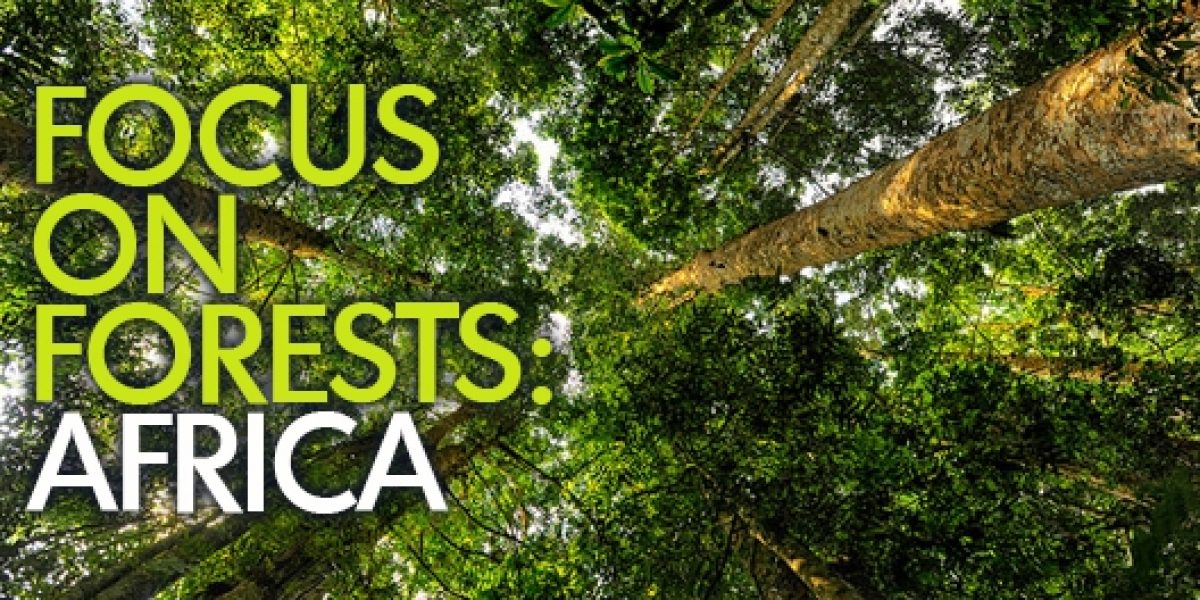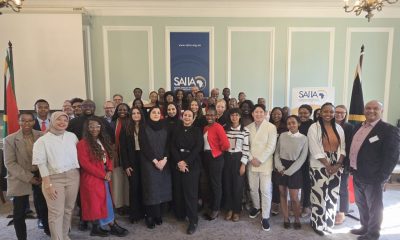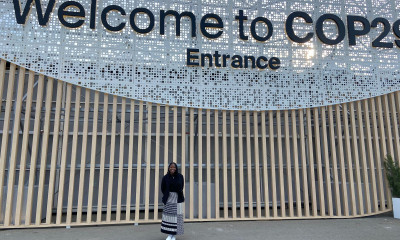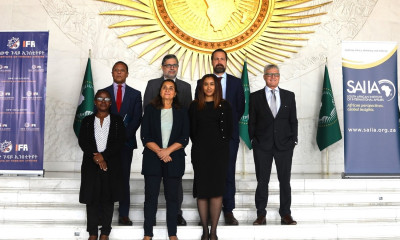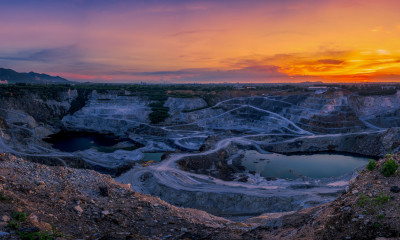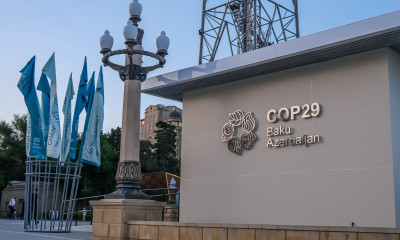In Africa, too, tropical forests face a range of threats. However, as we commemorate the International Day of Forests this year on 21 March, we should recognise that the concept of a ‘forest’ is broader than commonly perceived, and these ‘unconventional’ forests, such as mangrove and dryland forests, are equally in need of protection.
Dryland forests
Drylands account for over 60% of the African continent. Though not as densely wooded as tropical forests, the dryland forests found in this region provide numerable important benefits to African societies, including timber and non-timber forest products (NTFPs) such as charcoal, fodder, honey or resin. Dryland forests include a range of ecosystems that cover vast areas, for example, Mopane (560 000 km2) and Miombo (2.5 million km2) woodlands in Southern Africa; Acacia and other dry woodlands (4.5 million km2) in the Horn of Africa; and the Parkia and Acacia systems of the West African Sahel (5 million km2).
In 2013 SAIIA’s Governance of Africa’s Resources Programme and the Food, Agriculture and Natural Resources Directorate of the Southern African Development Community (SADC) co-hosted a conference titled ‘Best practice in the governance of Africa’s dryland forests: Implications for Southern Africa’. The event aimed to galvanise support for the dryland forests of Southern Africa among the public and private sectors, civil society and development partners. SAIIA has also produced a range of publications aimed at raising the profile of Southern Africa’s dryland forests and promoting their conservation.
Click here to watch a video interview on drylands forests in Africa or read a related paper, ‘Southern Africa’s Dryland Forests, Climate Change and the Water–Energy–Food Security Nexus‘.
Two briefing papers on this topic are also available: ‘Southern Africa’s Dryland Forests and Climate Change Adaptation‘ and ‘Governance: Linchpin of Dryland Natural Resource Management‘.
Mangrove forests
Moving from forests in dry Savannahs to forests that are semi-permanently submerged, SAIIA has also undertaken research on the governance of Africa’s mangrove forests. Despite their well-researched and widely recognised socioeconomic and ecological value, mangroves are among the world’s most threatened vegetation types. More than a fifth of the world’s mangroves have been lost over the past 30 years alone, and many of the remaining forests are degraded. The depletion of mangroves in many developing countries in particular is a cause for serious environmental and economic concern.
This year the theme for the International Day of Forests is Forests, Climate, Change. In this context, mangroves are particularly important. Recent studies have indicated that mangrove and seagrass habitats sequester significantly more carbon per hectare than tropical rainforests, leading to growing support for incorporating these mangroves and other ‘blue carbon’ resources into existing payment for environmental service (PES) systems such as the Reducing Emissions from Deforestation and Forest Degradation programme (REDD+).
Click here to watch a short video interview on mangroves or read the report, Balancing Development and Coastal Conservation: Mangroves in Mozambique.
Other resources include the policy briefings Governing Africa’s mangroves: A sustainable future and Blue Carbon: The opportunity of coastal sinks for Africa, and a short article Reconciling growth and development with ecological integrity along Africa’s coastline
Africa’s forests and the timber trade
Africa’s population is set to reach 2.4 billion by 2050. Population growth combined with high rates of urbanisation and a burgeoning middle class will mean that Africa’s forests will continue to face the threat of unsustainable harvesting and degradation through the expansion of urban settlements and agricultural production. While the export of timber and other forest products to global markets must be sustainably managed, growing demand in regional markets within Africa are already playing an increasing role in driving unsustainable practices.
SAIIA’s research into the timber trade between the DRC and markets in Uganda, Kenya and other regional players has highlighted the need for more effective monitoring practices and partnerships to ensure that sustainable harvesting levels are not exceeded. Of course, without community buy-in, such governance efforts are unlikely to succeed. Co-management of forestry resources has been trialled in many settings. SAIIA’s research into the governance of community forests in Namibia has highlighted the need to focus not just on sustainable forestry practices, but also the sustainability of community-level forestry governance institutions. In this respect, developing sustainable financing models and ensuring adequate benefit sharing is essential in maintaining community support for forestry governance.
Read SAIIA’s research report, Timber Trade in Africa’s Great Lakes: The road from Beni, DRC to Kampala, Uganda or a short article summarising its key findings, The trade in tropical timber in Africa’s Great Lakes: ‘Cui bono?’.
Also available is a policy briefing, Community Forests in Namibia: Ensuring Sustainable Local-level Forest Management.
The future of forests
Thanks to global initiatives such as the International Day of Forests we are now more aware of the threats facing forests in Africa and around the world. However, take-up and practical implementation of emerging policy lessons by policy makers remains low in many African contexts.
Charting a path towards more sustainable governance of Africa’s forestry resources should feature more prominently in official decision-making and regulatory arrangements at the regional, national and local levels. In engaging with these issues, it is also vital that forestry stakeholders do not to focus narrowly on the preservation of forest ecosystems but also their sustainable and equitable use to support livelihoods in African communities.


